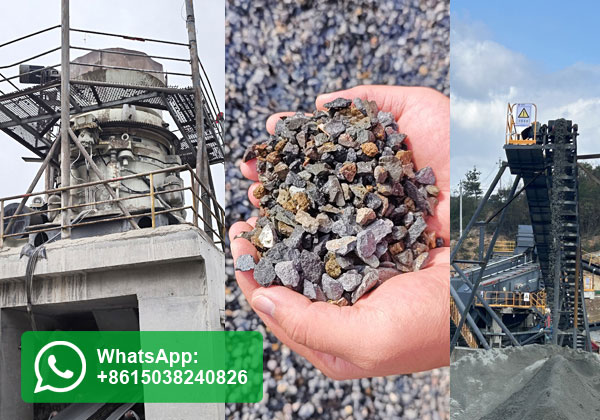Granite, a natural igneous rock known for its hardness, durability, and aesthetic appeal, is widely used in construction, road building, and decorative stone applications. To process granite efficiently and produce aggregates or finished products, a reliable crushing system is essential. Among various crushing machines, the cone crusher plays a vital role in granite production lines due to its ability to handle hard, abrasive materials and produce uniform particle sizes.
What is a Cone Crusher?
A cone crusher is a type of compression crusher that reduces material size by squeezing it between a moving piece of steel (the mantle) and a stationary piece of steel (the concave). The cone crusher operates by rotating the mantle within the concave, causing the rock to be crushed in a conical chamber. It is designed to crush mid-hard and above mid-hard ores and rocks.

Why Use a Cone Crusher in Granite Production?
Granite is a tough and abrasive rock, which requires heavy-duty crushing equipment to achieve the desired size and shape. The cone crusher offers several advantages that make it particularly suitable for granite production lines:
-
High Crushing Efficiency: Cone crushers use a combination of compression and attrition, allowing for a higher crushing ratio and better particle shape.
-
Uniform Product Size: The design enables the production of consistent and well-shaped granite aggregates, which are essential for high-quality concrete and asphalt.
-
Durability and Wear Resistance: Cone crushers are equipped with high-quality manganese steel liners and other wear parts, which resist abrasion caused by granite.
-
Adjustable Output Size: The crushing cavity and discharge opening can be adjusted to meet various size requirements for different applications.
-
Stable Operation: The hydraulic protection system and advanced design reduce downtime and protect the crusher from uncrushable materials.
Role of Cone Crusher in Granite Production Line
A typical granite production line includes several stages: feeding, primary crushing, secondary crushing, screening, and sometimes tertiary crushing. The cone crusher is often used as a secondary or tertiary crusher following a primary jaw crusher.
Primary Stage
-
Jaw Crusher: Initially breaks large granite boulders into smaller pieces.
Secondary Stage
-
Cone Crusher: Further reduces the size of granite pieces after the primary crusher, refining the shape and size.
Screening and Sorting
-
Crushed granite is screened to separate particles by size. Oversized materials are returned to the cone crusher for further processing.
Maintenance Tips for Cone Crushers in Granite Production
-
Regular inspection of wear parts: Replace liners and mantles timely to maintain crushing efficiency.
-
Lubrication: Keep the crusher well-lubricated to prevent bearing failures.
-
Cleaning: Remove any buildup or blockages in the crushing chamber.
-
Check hydraulic systems: Ensure smooth operation of hydraulic protection and adjustment.
The cone crusher is a critical machine in granite production lines, valued for its efficiency, durability, and ability to produce uniform aggregates from hard granite rock. By combining the cone crusher with primary crushers and screening equipment, granite processing plants can achieve high productivity, lower operating costs, and quality products that meet industry standards. Proper maintenance and choosing the right type of cone crusher ensure long-term success in granite crushing operations.
